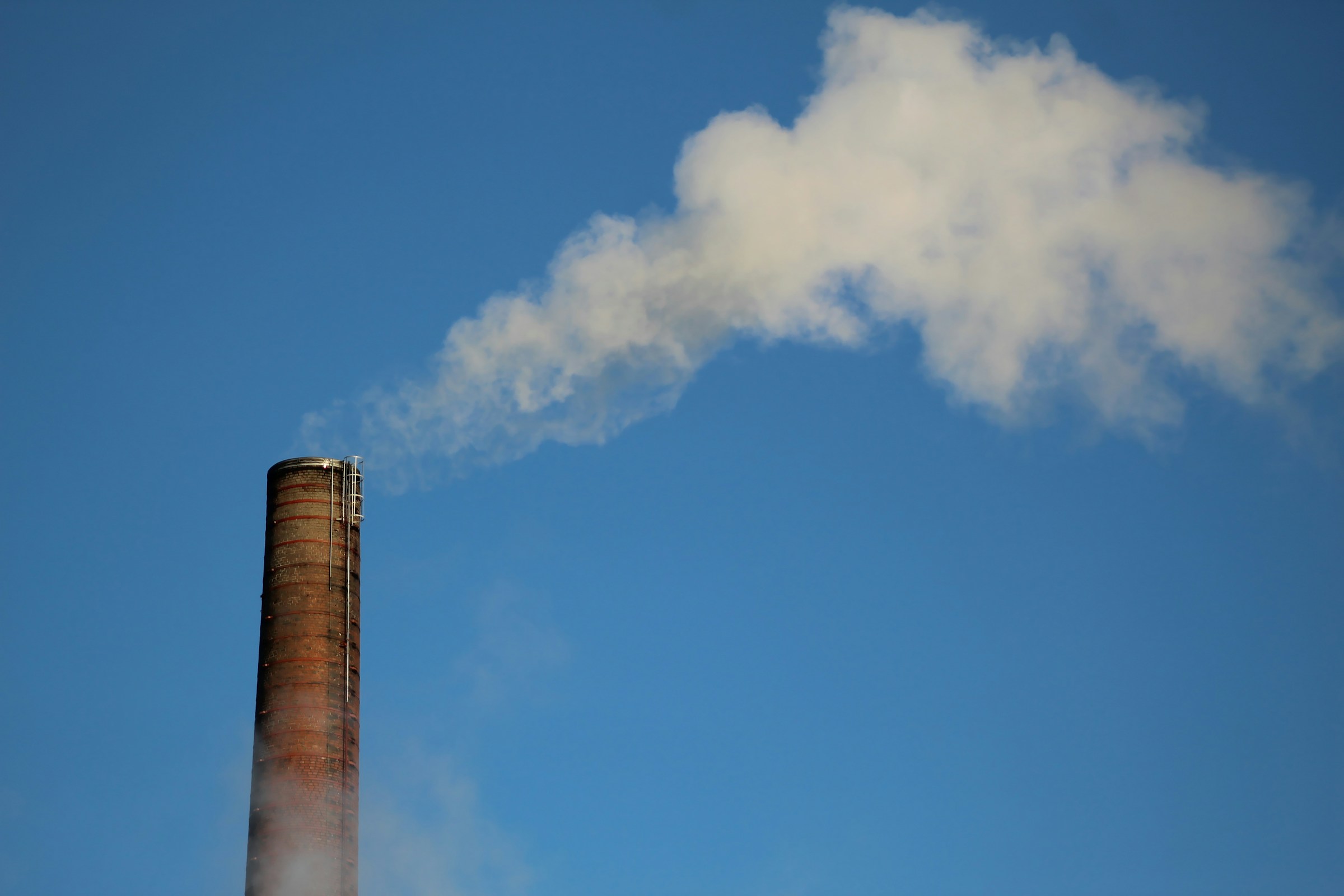Author:
IBC’s Team
13 August 2024
To comprehend the implications of the carbon market, exploring the current conditions triggering its establishment is required. Indonesia’s strategic efforts towards achieving SDGs need pivotal roles and involvement from government agencies such as Financial Services Authority (OJK), Ministry of Energy and Mineral Resources (KESDM) through its ETS trials, Badan Pengelola Dana Lingkungan Hidup (BPDLH), the national registry known as SRN-PPI developed by KLHK, and the newly-established IDXCarbon.
The COVID-19 pandemic led to a 3.7% drop in global emissions in 2020 compared to 2019, halting over a decade of consistent growth. However, the decline was short-lived as global greenhouse gas (GHG) emissions began to rise again after the peak of the pandemic. By 2022, emissions had reached 53.8 Gt CO2eq, a figure 2.3% higher than that of 2019 and 1.4% more than 2021.
”In 2022, Indonesia is among the top 6 countries with the highest GHG-emitting country with a total share of 2.31% of the global emissions.
Similar to the global situation, Indonesia’s emissions also experienced an uptick in the wake of the COVID-19 recovery period. Indonesia’s GHG rose to 1.2 Gt CO2eq in 2022, a noticeable increase from the 1.1 Gt CO2eq recorded during the pandemic. Integral to this, in 2022, Indonesia is among the top 6 countries with the highest GHG-emitting country with a total share of 2.31% of the global emissions. This is in comparison to China with a total share of 29.16%, the United States 11.19%, India 7.33%, Russia 4.80%, and Brazil 2.44%.
Indonesia’s Historical GHG Emissions

In the face of the looming threats, Indonesia has sought to strengthen its climate ambitions through its latest NDCs, committing to reduce GHG emissions by 31.89% unconditionally (self-effort) or 43.2% conditionally (with international support) by 2030. The enhanced NDC is outlined with an aim to integrate both adaptation and mitigation measures in the development of various sectors, focusing on forestry, energy, and transportation. These ambitions are further projected under Indonesia’s vision of deep decarbonization, as outlined in the Long-Term Strategy for Low Carbon and Climate Resilience 2050 (LTS-LCCR 2050), aiming to peak its emissions by 2030 and achieve net-zero emissions by 2060 or even earlier.
In addition, The Government of Indonesia has promulgated Presidential Regulation 98/2021 concerning the Implementation of Carbon Pricing to Achieve the Nationally Determined Contribution Target and Control Over Greenhouse Gas Emissions in the National Development. The Regulation serves as a legal framework to implement NDC towards low carbon and climate resilience. It also prescribes carbon pricing, including arrangements for carbon trading, carbon levies and result based payments.
A pivotal aspect of Indonesia’s pledges to fulfill their NDCs revolves around the implementation of carbon pricing mechanisms. This initiative was advanced by the Indonesian government in 2021, with key instruments being the Emissions Trading System (ETS) and the Carbon Tax. However, as of October 2023, regulations concerning Carbon Tax have not been implemented, set to be applicable in 2025.
Indonesia has two carbon trading mechanisms, namely compliance-based and a voluntary-based carbon market. The compliance-based carbon market in Indonesia is still in its early stages of development, but has made significant progress in recent months. Launched in February 2023, the power generation sector is the first sector to be covered by the compliance-based carbon market in Indonesia. Whilst, in September 2023, the Financial Services Authority (OJK) officially launched IDXCarbon, a compliance-based carbon market under Indonesian Stock Exchange (PT. Bursa Efek Indonesia). Both mechanisms are laid out in separate IBC Articles.


